Through the different routes to Santiago de Compostela we will find beautiful paths where, step by step, we will leave our mark. They are pleasant paths that at most can cause you some blisters, although that is also part of the Camino de Santiago. However, there are stretches where the route is shared with road traffic, and unfortunately there have been some road accidents involving pilgrims. Therefore, the Directorate General of Traffic (DGT) has been working on the ground to identify the most dangerous points of the Camino de Santiago, and thus put measures to avoid misfortunes. In this article we are going to know the list of risk points of the DGT in the different Jacobean routes, which in this Holy Year Xacobeo 2021 brings us useful news.
The DGT watches over pilgrims
Among the different ways to get to Santiago de Compostela, as you well know, the most preferred ones are on foot y by bicycle. Often in some sections, and perhaps more so on bicycle, due to the asphalted detours recommended for bicigrinos, there are certain risks for those who make the pilgrimage in this way, as pilgrims and road traffic coincide on the route. The DGT is aware of this, and has set to work to try to avoid the risks that these sections pose.
Last September 2021 the DGT reached an agreement with the Xunta de Galicia to protect the pilgrim and make the Camino a safer place for everyone. In close collaboration, both institutions have produced an interactive guide with advice on how to make the pilgrimage and prepare for the adventure, as well as an interactive map of the most dangerous points on the Camino de Santiago, which can be consulted on their website.
More than 7,000 kilometres analysed
This is the total mileage analysed by the DGT on the different routes to Santiago de Compostela throughout Spain. Based on criteria of volume of pilgrims, maximum speed of the road, traffic intensity, visibility, quality of signage and the existence or not of shoulders or sidewalks, different critical points have been marked in Spain. They are points of intersection of the Camino de Santiago with the state, regional and provincial road network, where the DGT, in addition to watching over the pilgrims, advise and ask us more than ever, for our safety and that of all, to respect and follow the pilgrim and civic values.
“The values that underpin our civic coexistence, respect, tolerance, equality, responsibility and safety, are the basis on which the spirit of the Camino and the ideology of road coexistence are based”.
This is how the DGT expresses itself in this sense, assuming its role in the fight against road accidents, guaranteeing safe mobility through efficient and effective traffic management, for the protection of vulnerable users and, therefore, of pilgrims. He also urges pilgrims to follow certain advice, as safety is everyone’s responsibility:
- Always drive in the right places;
- Respect the space and pace of other pilgrims;
- To be especially supportive and tolerant of those who make the journey with greater effort and greater vulnerability;
- Always be responsible: follow the rules, be seen, and avoid dangerous situations.
There is more specific advice for pilgrims on foot, by bicycle and on horseback, which you can consult on their website.
So where do we need to be especially careful?
Differentiated in the different main routes, there are sections and points of risk. Below you will find a list of them.
Camino Francés
- Risk points: Access N-540 Portomarín – Palas de Rei (Portomarín); LE-142 Rabanal del Camino – Ponferrada (Santa Colomba de Somoza).
- Risk sections: LE-6702 Calzadilla de los Hermanillos – Mansilla de las Mulas (El Burgo Ranero); BU-403 Castrillo Mota de Judíos – Road (Castrillo Mota de Judíos).
Northern Way
- Risk points: N-634 Zarautz – Deba (Deba); AS-17 Oviedo – Avilés (Cervera).
- Risk sections: N-632a Soto de Luiña – Cadavedo (Valdés); N-634a Cadavedo – Luarca (Valdés).
Silver Route
- Risk points: N-525 O Castro – Silleda (Dozón); Laza – Xunqueira de Ambia (Sarreaus).
- Risk sections: CC-84 Variante – Valdeobispo (Carcaboso – Valdeobispo); LE-04 Benavente – Alija del Infantado (Alija del Infantado).
English Way
- Risk points: AC-214 A Coruña – Hospital de Bruma (Xira); DP-0105 Betanzos – Ordes (San Esteban de Cos).
- Risk sections: DP-0105 Betanzos – Ordes (Abegondo); AC-462 Ordes – Agualada (Santiago de Compostela).
Fixterra Muxía Way
- Risk points: DP-3404 Dumbría – Muxía (Dumbría); AC-445 Corcubión – Cabo Fisterra (San Roque).
- Sections at risk: DP-5603 Negreira – Olveiroa (Negreira); AC-448 Santiago de Compostela – Negreira (Negreira).
Portuguese Way
- Risk points: PO-552 A Guarda – Baiona (A Ermida); EP-9407 Pontevedra – Caldas de Reis (O Curuto).
- Risk sections: PO-552 Baiona – Castrelos (Vigo); EP-3102 Baiona – Castrelos (Baiona).
Caution, pilgrim friend
Well, here they are, and he who warns is not a traitor. From here we support the initiative of the DGT, and we want you to do the Camino de Santiago safely. It’s a vibrant experience that will surprise you, but we want you to come home in one piece and be able to tell your loved ones and friends about it.
See you on the road!

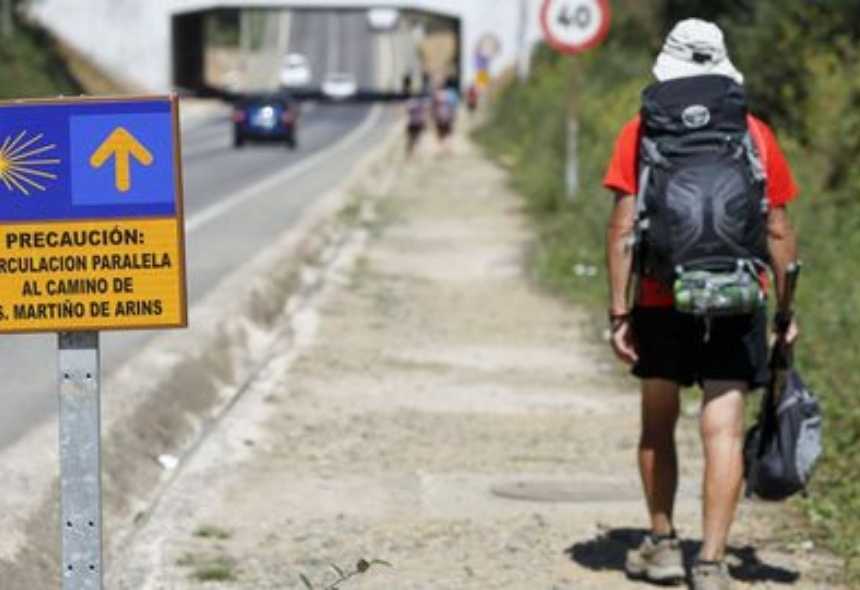
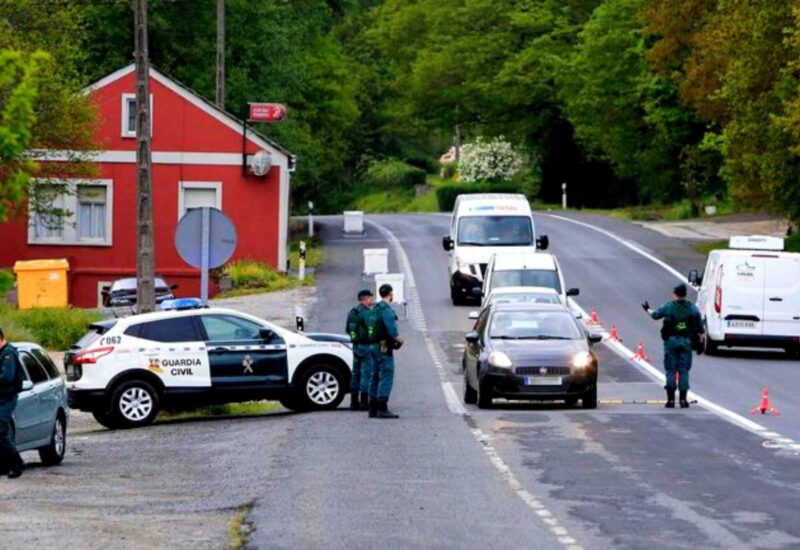
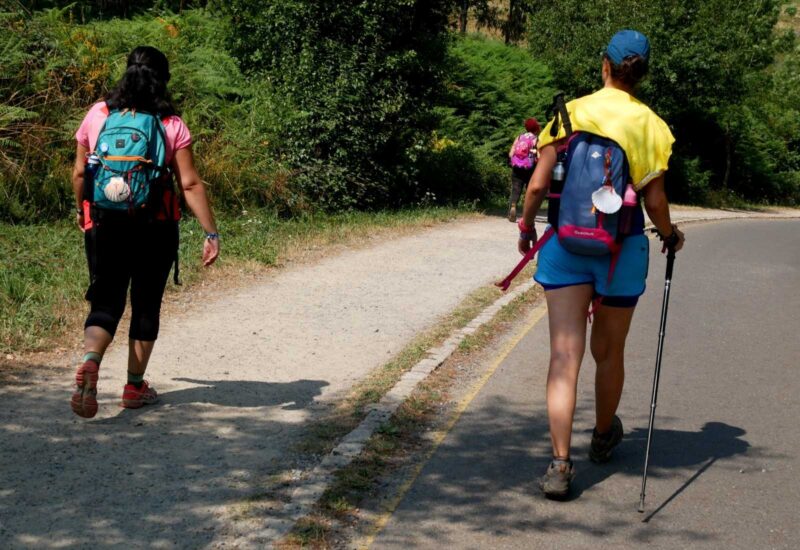
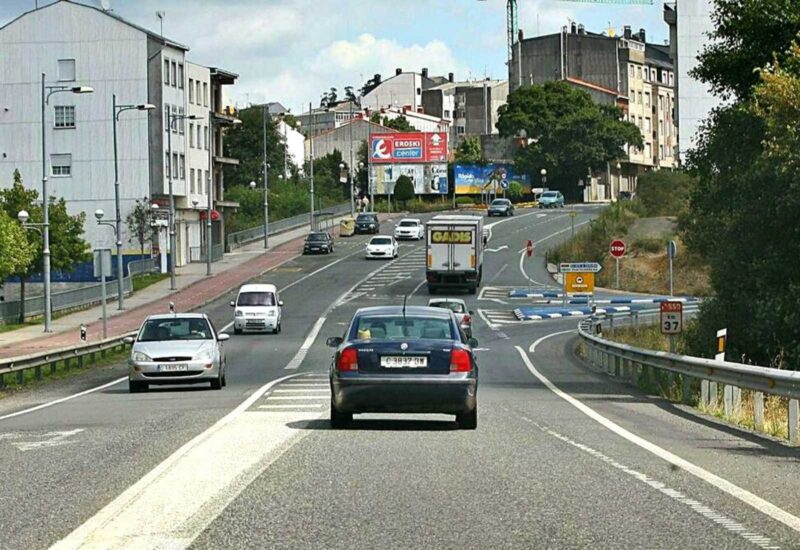
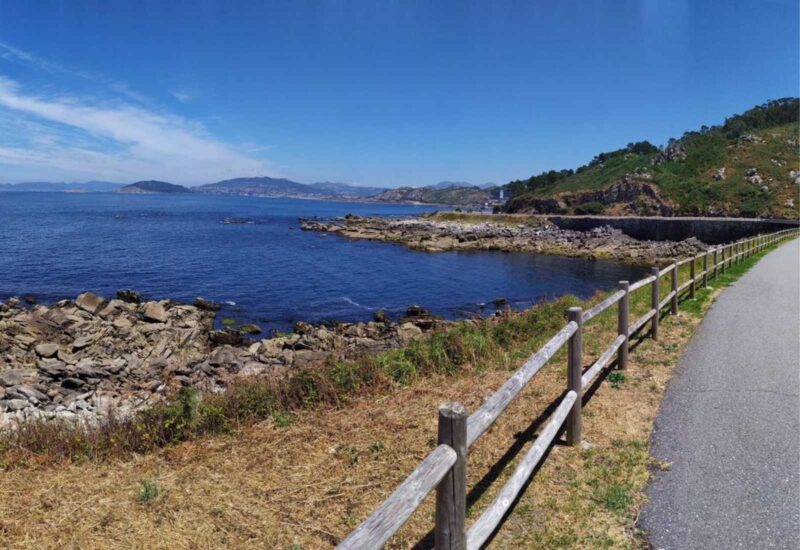










Leave A Comment